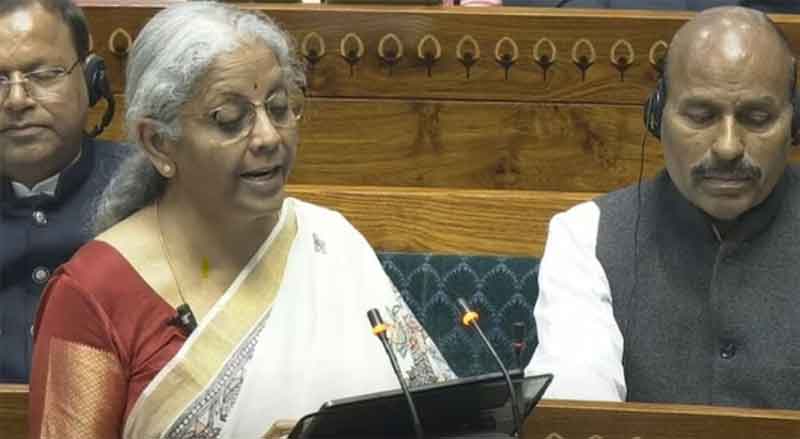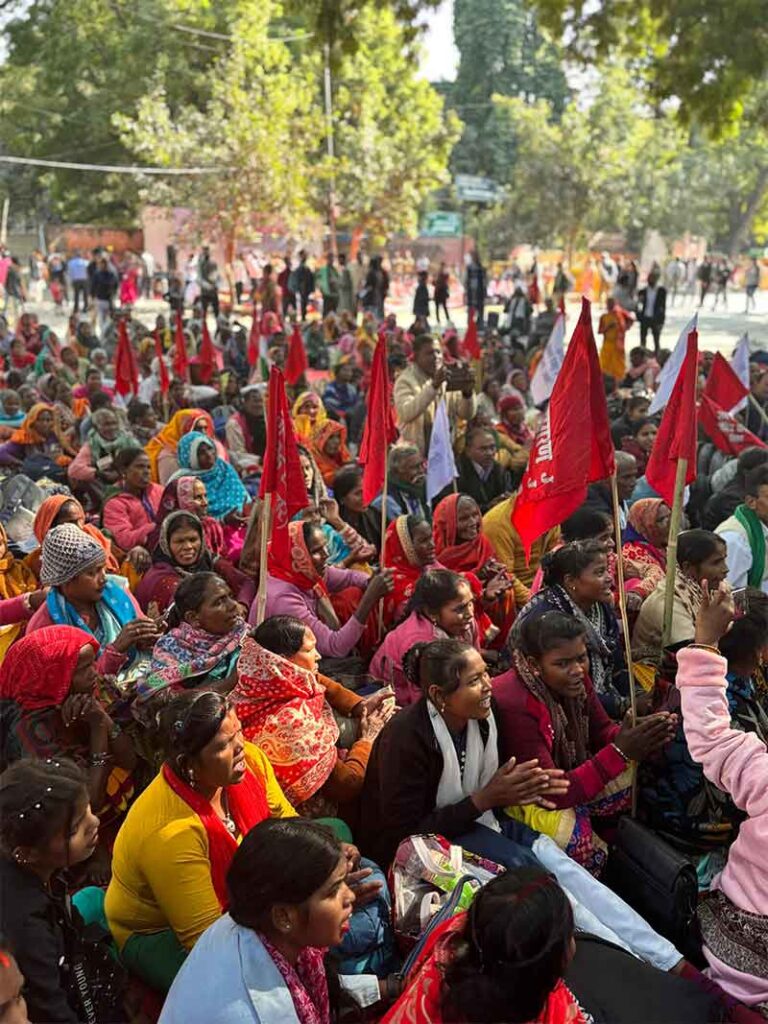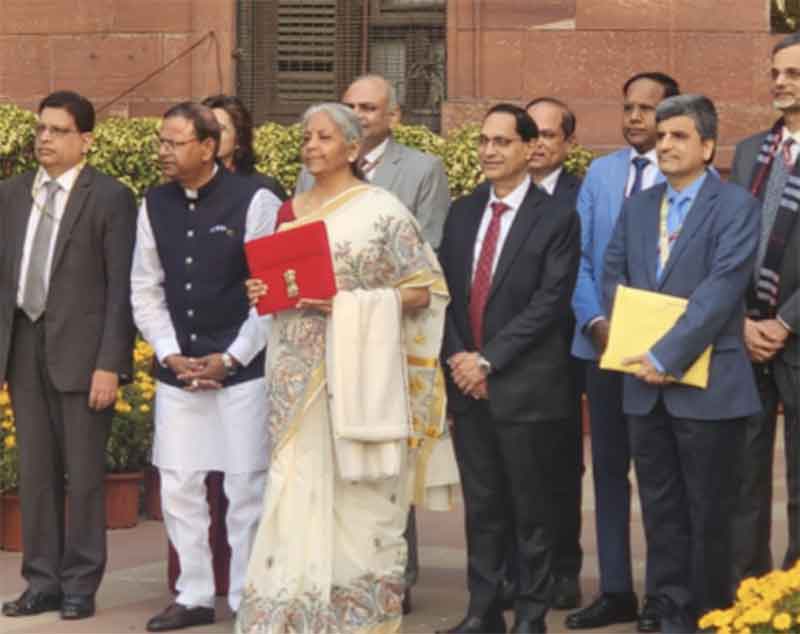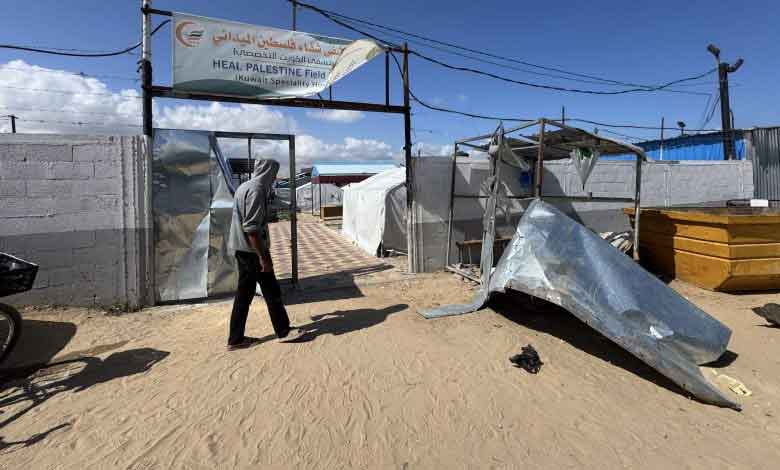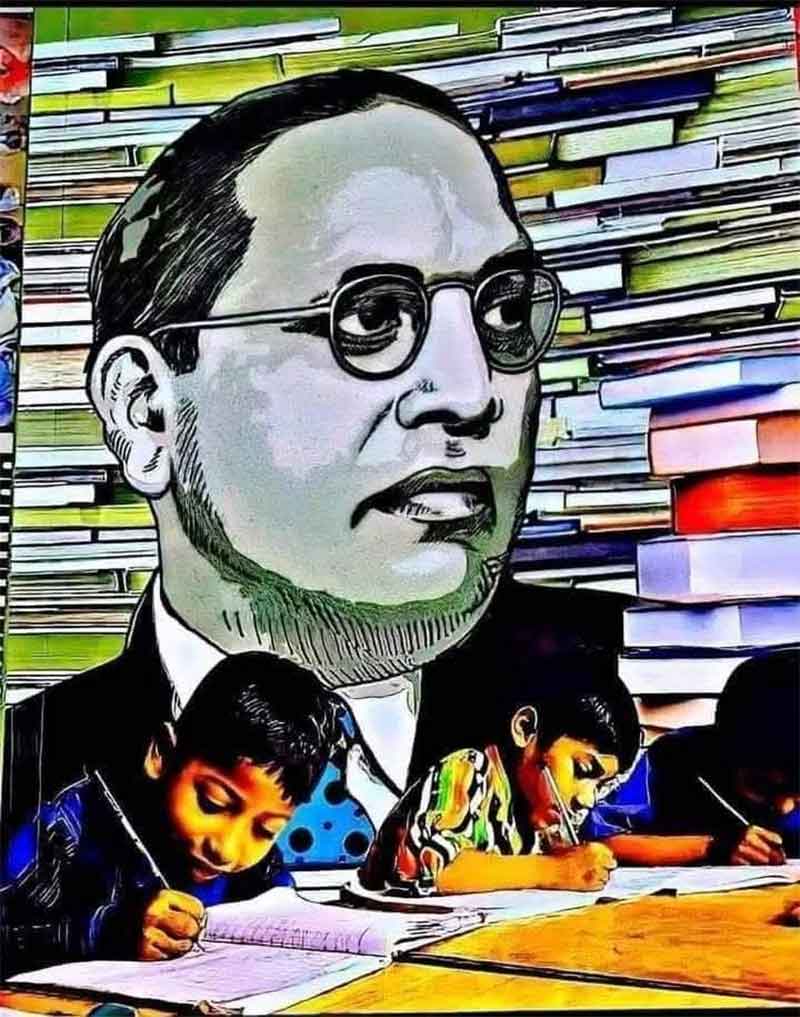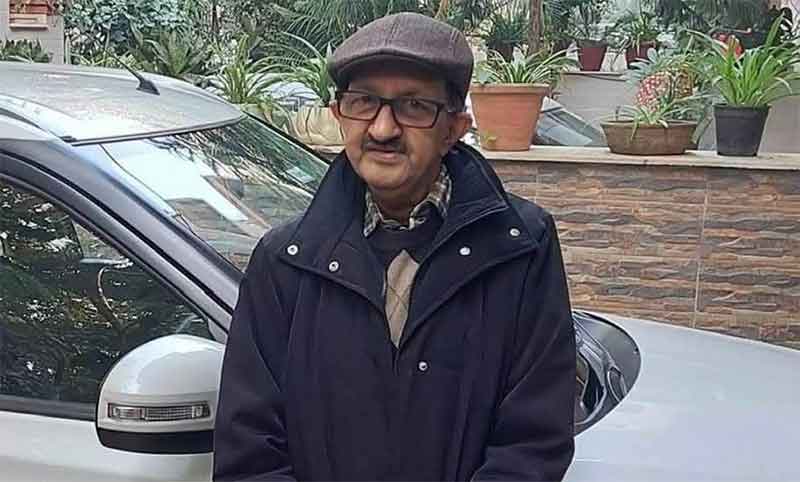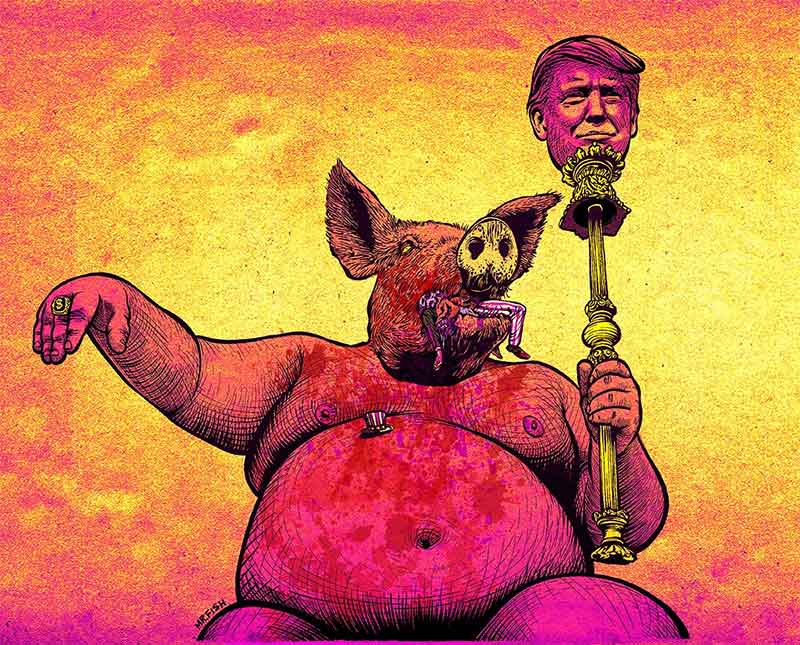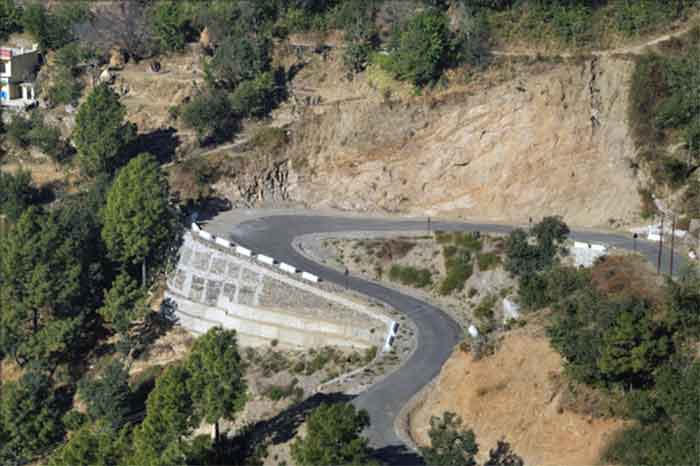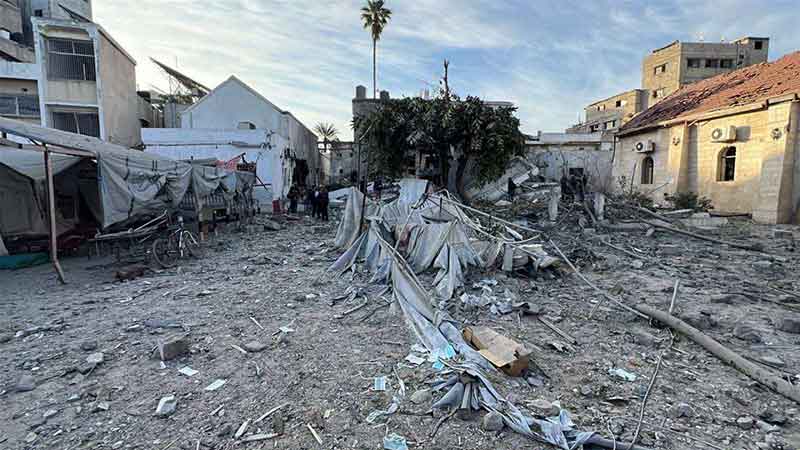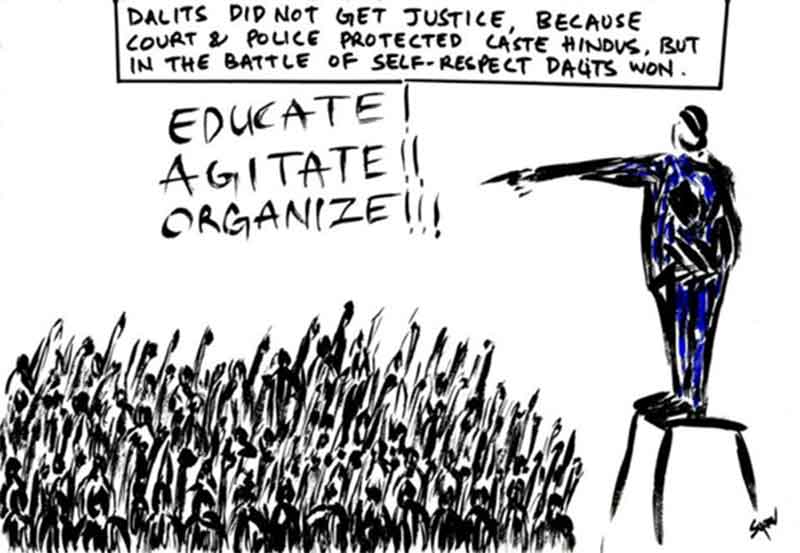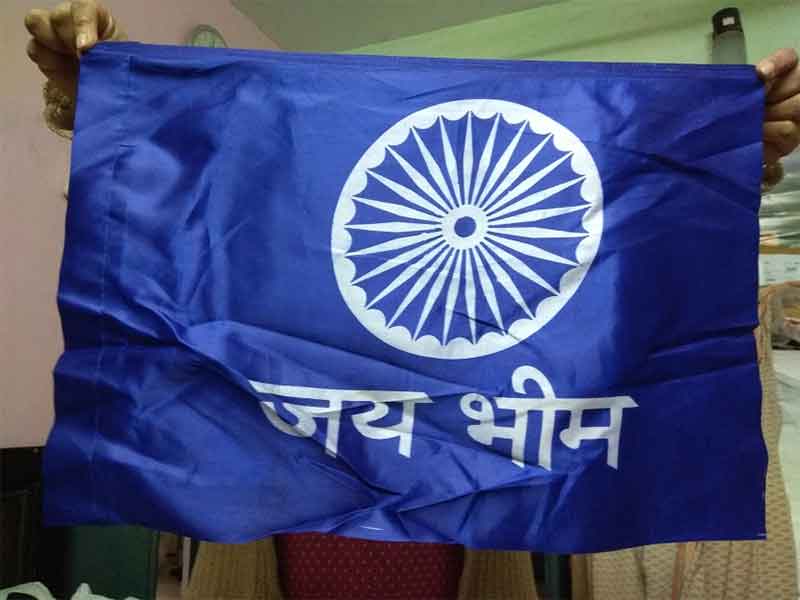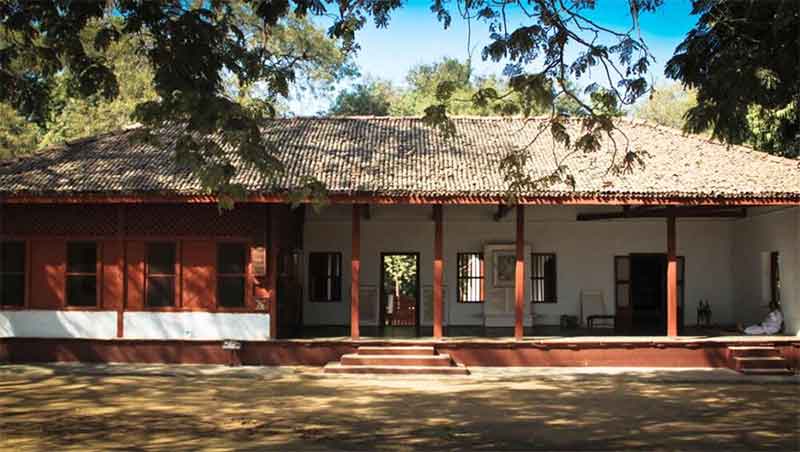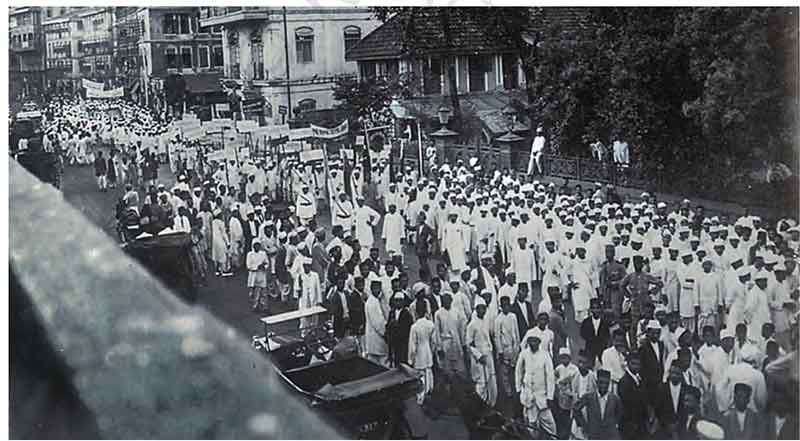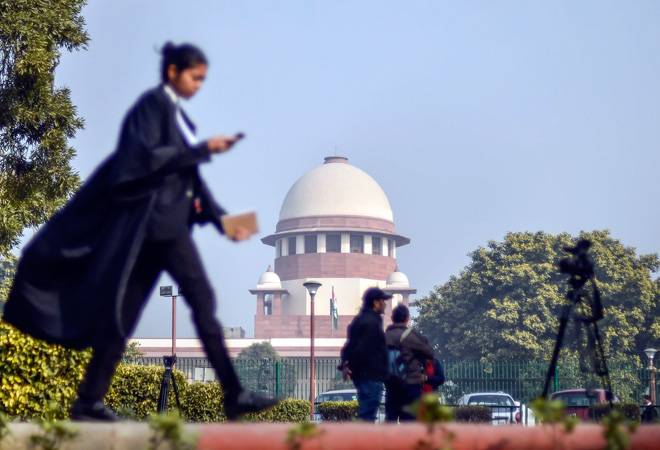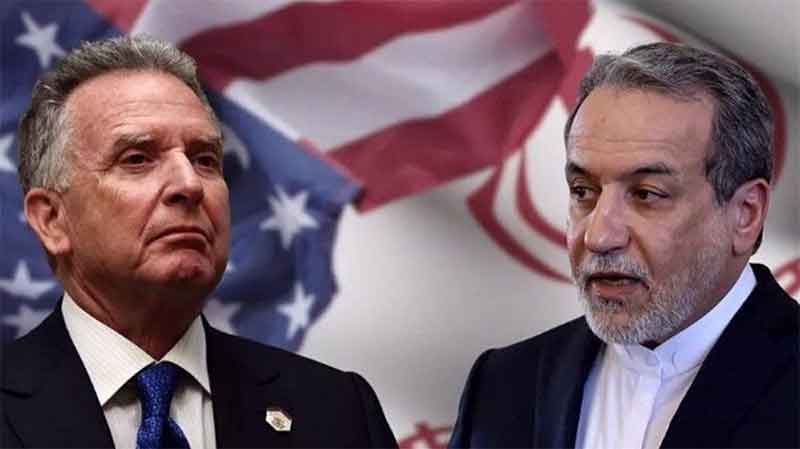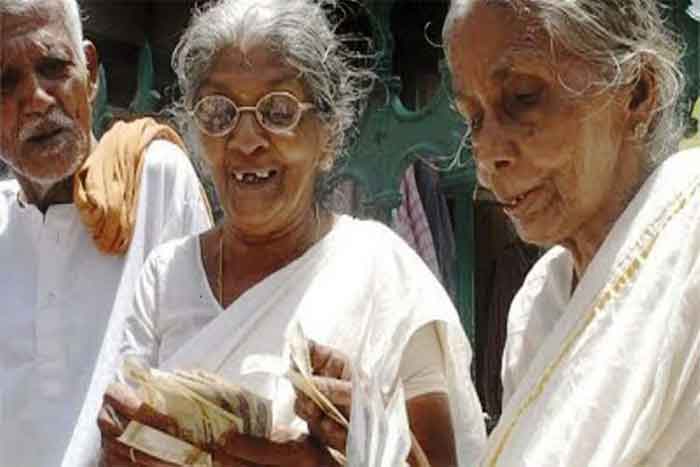
Budget brief: Social security pensions in Budget 2025-2026
New Delhi, January 28, 2025: As the Union Budget approaches, the spotlight falls on the pressing need for adequate allocation toward social security pensions for the elderly, single women, persons with disabilities, and other vulnerable groups. With over 10.4 crore (SECC 2011) senior citizens in India, the current allocation for social security pensions remains grossly inadequate. Successive budgets have capped allocations at around ₹9,500 crores for the National Social Assistance Programme (NSAP), which translates to a paltry ₹200 per month—unchanged since 2007. In real terms, this amounts to just ₹7 per day, a figure that undermines the dignity and survival of pensioners. Even in 2007, the allocation for NSAP was roughly ₹8,500 crores. While India’s total budget has grown from ₹1,52,328 crore in 2007–08 to ₹45,03,097 crore in 2023–24, the allocation for social security pensions has remained roughly the same at ₹9,500 crores.
India’s cumulative inflation rate from 2007 to 2023 is approximately 100%, with an average annual inflation rate of 6.95%. This means that ₹200 in 2007 now equates to ₹586.38 in 2023. Despite this, the pension amount has remained frozen for 16 years. The gap between the real value of the pension and inflation has grown so wide that it renders the current allocation meaningless. This stagnation not only fails to meet the basic needs of pensioners but also exposes the growing inequality in how resources are allocated to address economic vulnerabilities.
The National Social Assistance Programme (NSAP) guidelines, issued in 2014 by the Ministry of Rural Development, specify monetary assistance of ₹200 per month for those between 60 and 79 years old, ₹500 per month for those over 79 years old, ₹300 per month for disabled people between the ages of 18 and 79, and ₹300 per month for widows between the ages of 40 and 59, limited to individuals from the Below Poverty Line (BPL) category. State governments have the option to supplement the central government’s contribution, which has led to variances in the amount of social assistance across states. For instance, Rajasthan alone spends around ₹10,000 crores annually to cover 1 crore beneficiaries, demonstrating a stark contrast to the Centre’s lackluster commitment.
Despite these efforts at the state level, the cries for a comprehensive overhaul of the social security pension system have fallen on deaf ears for years. Pensioners face delays of 3–4 months in receiving payments, in violation of Supreme Court orders. The direct bank transfers and linking of Aadhaar to pensions have compounded administrative hurdles, further pushing the vulnerable to destitution.
The Union Government’s mandate to upload disability certificates onto the UDID Portal has added to the challenges for the persons with disability nationwide. For example, in Rajasthan, new disability applications have been halted since March 2024 due to the central government withholding API access needed to sync the state’s Jan Aadhaar system with the UDID Portal. This inability to integrate systems has left thousands stranded, unable to access or restore pensions. Across India, such digital exclusions are denying basic rights to vulnerable individuals. These barriers effectively result in “civil deaths,” as beneficiaries are left without the means to access critical benefits and live with dignity.
The pandemic exposed the extreme vulnerabilities of pensioners, who faced mobility challenges, health crises, and delays in accessing their meager pensions during lockdowns. Internationally, India fares poorly in comparison to nations like Nepal, Sri Lanka, or even Bolivia, whose social security pensions far outpace India’s, despite India’s higher GDP.
As the nation awaits the 2025 Budget, hopes are hanging in the balance yet again. Will lawmakers rise to the occasion, or will they continue to ignore the urgent needs of the elderly and vulnerable while portraying an image of a “Viksit Bharat” (developed India) and pretending that “Sab Changa Si” (everything is fine)?
Our Demands
- Universal and Non-Contributory Pensions: The average half of the minimum wage in India is approximately ₹249 per day, translating to ₹125 per day or ₹3,750 per month. To ensure basic dignity and survival, a minimum pension of ₹4,000 per month—split equally between the Centre and state governments—must be guaranteed for all vulnerable groups, including the elderly, single women, and persons with disabilities. The Centre’s share of ₹2,000 per beneficiary would require an allocation of approximately ₹1.2 lakh crores annually. Anything less than this is not only inadequate but outright inhuman, especially in the context of inflation and the worsening economic vulnerabilities faced by pensioners.
- Inflation-Indexed Pensions: The pension amount must be indexed to inflation and revised periodically to ensure it retains its value over time.
- Universal Coverage: Pension benefits must be extended to all households covered under the National Food Security Act (NFSA), and the Below Poverty Line (BPL) criteria should not be used to exclude beneficiaries.
- Abolish Aadhaar Mandate: Aadhaar must not be mandatory for accessing pension entitlements under the NSAP and must not be used as a tool in disguise to exclude more people.
If the 2025 Budget fails to significantly increase the allocation for pensions, it would be nothing short of a crime. The refusal to raise pension amounts in line with inflation continues to deepen the distress of vulnerable groups, making it clear that social security is not being treated as a priority. The government must prioritize the well-being of its elderly and vulnerable citizens in this year’s budget. Anything less would not only be a disservice but a betrayal of their basic human rights. Social security pensions are not charity—they are a right that reflects the values of a just and equitable society.
For more details please write to us on [email protected]


